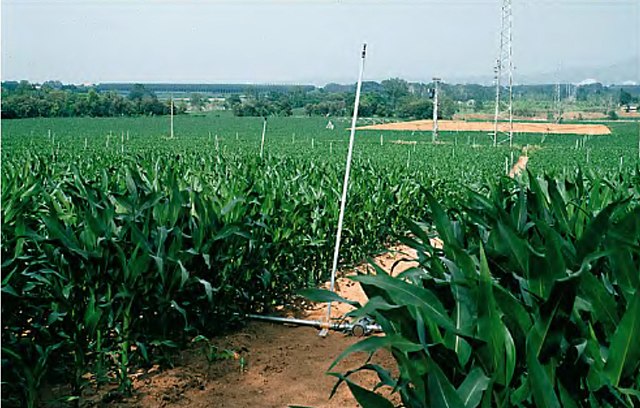Efficient irrigation systems in Spain have grown by 19% in the last 10 years, accounting for 79% of the total area. Of these, localized irrigation set ups, the most used had an outreach of 2,102,528 hectares in 2022 or 55.8% of the total irrigated area.
The agricultural area with irrigation systems decreased by 2.75% (3,771,107 hectares at the end of 2022) compared to 2021. This is mainly due to the lower availability of water endowments in certain areas of the country for agricultural work. Today, irrigated agriculture represents 22.4% of the total cultivated land in Spain.
This evolution towards localized irrigation, which is a more efficient system in the use of water resources, is a consequence of the irrigation policies developed in recent years by the Ministry of Agriculture, Fisheries and Food, aimed at achieving a more sustainable agriculture and with lower water consumption.
This data was collected in the Survey on Crop Surfaces and Yields in Spain (ESYRCE) of 2022, which contains as its main novelty the finding that the Spanish olive grove has already become the most irrigated plant species. The specific study on the typification of irrigation analyzes the different types of cultivation and the distribution among the different autonomous communities.
The study shows that the two main irrigation systems are the localized and the gravity-based. The latter has been reduced by 15.79% in a decade, reaching 793,402 hectares (21% of the total). The sprinkler irrigation systems total 562,579 hectares (14.9%), while the automotive industry is implanted in 312,597 hectares (8.3%).
In 2022, the olive grove has been ranked for the first time as the crop group with the largest irrigated area, with 866,736 hectares, 22.98% of the total. Until now, cereals were the crops with the largest extent in irrigation, but in 2022 the food group, such as rice, experienced a decrease in plantations, due to drought. Cereals become the second group with the largest irrigated area, 843,022 hectares, 22.35% of the total, followed by non-citrus fruit trees (428,627 hectares and 11.37% of the total) and vineyards (397,452 hectares, 10.54% of the total).
With regard to woody crops, the almond tree has experienced a notable increase in its irrigated area since 2017, more than 77%, due to the boom in the implementation of this crop in recent years.
The ESYRCE also provides information on the type of irrigation used for each crop group. In particular, in the group of vegetables, the localized irrigation system (52.57% of the total) stands out, where the greenhouse area is included. The rest of the irrigation systems are also important in this group, especially sprinklers (20.17 % of the total), followed by automotive (14%) and gravity irrigation (13.1%).
Andalusia is the autonomous community with the largest irrigated area, 1,101,936 hectares, 31.15% of the total of its cultivated land. Behind are Castilla-La Mancha (585,377 hectares, 15.9% of the total), Castilla y León (451,989 hectares, 12.7% of the total) and Aragon (414,864 hectares, 23.35% of the total).
If you take into account the weight that irrigation has on the entire cultivated area of each territory, the Canary Islands is the community with the highest percentage, 59.7% (26,246 hectares), followed by the Valencian Community, where it represents 44.8% of its agriculture (279,063 hectares).
Source: agroinformacion.com
